Did you know that over 40% of new drug approvals in recent years have used the 505b2 pathway? But there are many pharmaceutical professionals who still don’t fully understand how this regulatory route works or when to use it.
From years of working with FDA-regulated manufacturers, I’ve seen companies miss big opportunities just because they lack knowledge of 505b2 drugs.
The 505b2 pathway can save your business years of development time and millions in research costs. But only if you know how to navigate it properly.
When you’re developing pharmaceutical products, the difference between picking the right regulatory pathway is very important because it can determine whether your drug reaches patients in three years or ten years.
That’s why you need to understand exactly how 505b2 drugs work and when this pathway makes sense for your development program.
What Are 505b2 Drugs
505b2 drugs are drugs regulated by the FDA that allow for the approval of drugs that are similar to, but not identical to, previously approved drugs.
This pathway sits between the traditional New Drug Application (NDA) process and the generic drug pathway.
The FDA created this pathway to reduce unnecessary repetition of clinical studies. You can use 505b2 when your product has some differences from existing approved drugs.
Pathway Type | Reliance on Prior Data | Typical Timeline |
Traditional NDA | None | 8-12 years |
505b2 Application | Partial | 3-7 years |
Generic ANDA | Complete | 2-4 years |
The advantage that 505b2 drugs give you is that they have the ability to connect existing knowledge with new product development. You submit studies for the parts that differ from the reference product.
This regulatory framework has become more important as pharmaceutical companies look for ways to bring products to market faster and cheaper.
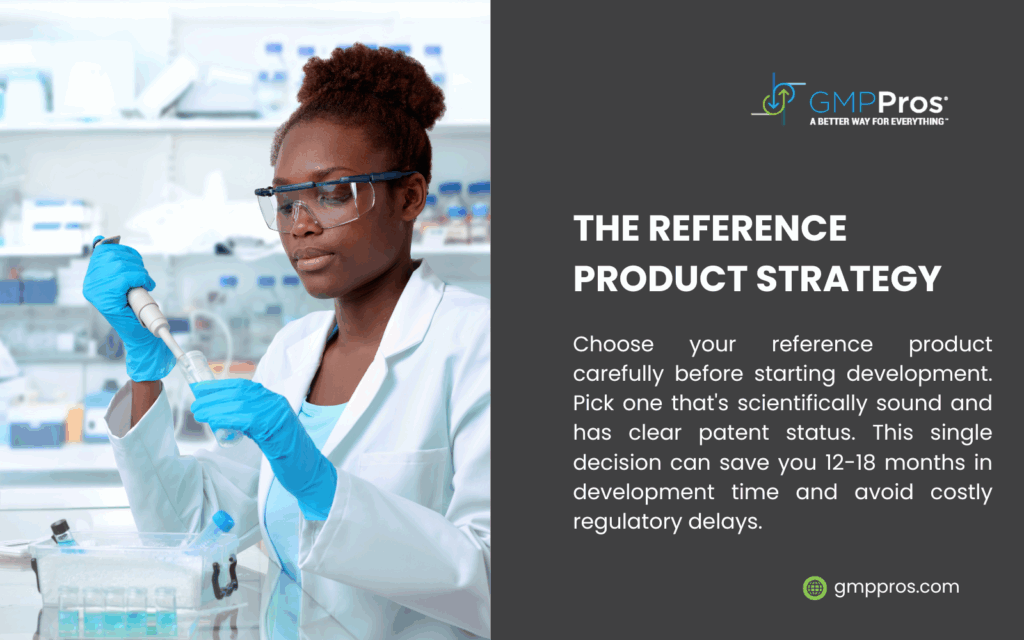
Types of Products That Qualify for the 505b2 Pathway
There are several categories of pharmaceutical products that can take advantage of the 505b2 regulatory route.
Each type has specific requirements and considerations that affect your development strategy.
Product Category | Examples | Common Changes |
New Dosage Forms | Tablets to capsules | Formulation studies |
Different Strengths | 10mg to 20mg versions | Bioequivalence testing |
New Combinations | Two existing drugs combined | Interaction studies |
Different Routes | Oral to topical | Absorption studies |
New dosage forms represent the most common type of 505b2 drugs applications. You might convert an existing tablet formulation into an extended-release version. Or change from an injection to an oral form. These changes require studies to show the new form works as expected.
Combination products offer another big opportunity for 505b2 development. When you combine two already-approved drugs, you rely on the existing safety data for each part. Your studies focus on how the drugs work together and any potential interactions.
Different ways to give the medicine can also qualify for 505b2 approval. Converting an oral medication to a topical cream requires new absorption and safety studies. But you can reference the existing oral data for basic safety information.
Companies often use this pathway for pediatric formulations of adult medications. The adult safety data supports the pediatric application. Your studies focus on age-appropriate dosing and any special safety considerations for children.
Regulatory Requirements for 505b2 Drugs
The FDA has specific requirements that govern 505b2 drug applications. You must show that your product meets safety and efficacy standards. You also need to clearly identify what data you’re using from other sources.
Requirement Category | Documentation Needed | Review Focus |
Reference Product Identification | Clear reason for the chosen reference | Appropriateness of comparison |
Bridging Studies | Data connecting your product to the reference | Quality and relevance |
Patent Certifications | Intellectual property statements | Legal compliance |
Risk Assessment | Safety profile evaluation | Patient protection |
Your application must clearly identify the reference product.
The FDA looks for logical connections between your product and the reference. You can’t simply pick any approved drug as your reference.
Bridging studies form the core of your 505b2 drugs application because these studies show that differences between your product and the reference don’t create new safety concerns. The scope of these studies depends on how much your product differs from the reference.
Patent considerations also play a crucial role in 505b2 applications. You must address any relevant patents on the reference product that include making appropriate certifications about patent status and potential problems.
In my experience working with pharmaceutical manufacturers, the most successful 505b2 drug applications have clear, well-documented bridging strategies.
Companies that try to minimize required studies often face regulatory delays, and the FDA wants to see that you’ve thoroughly considered all safety implications.
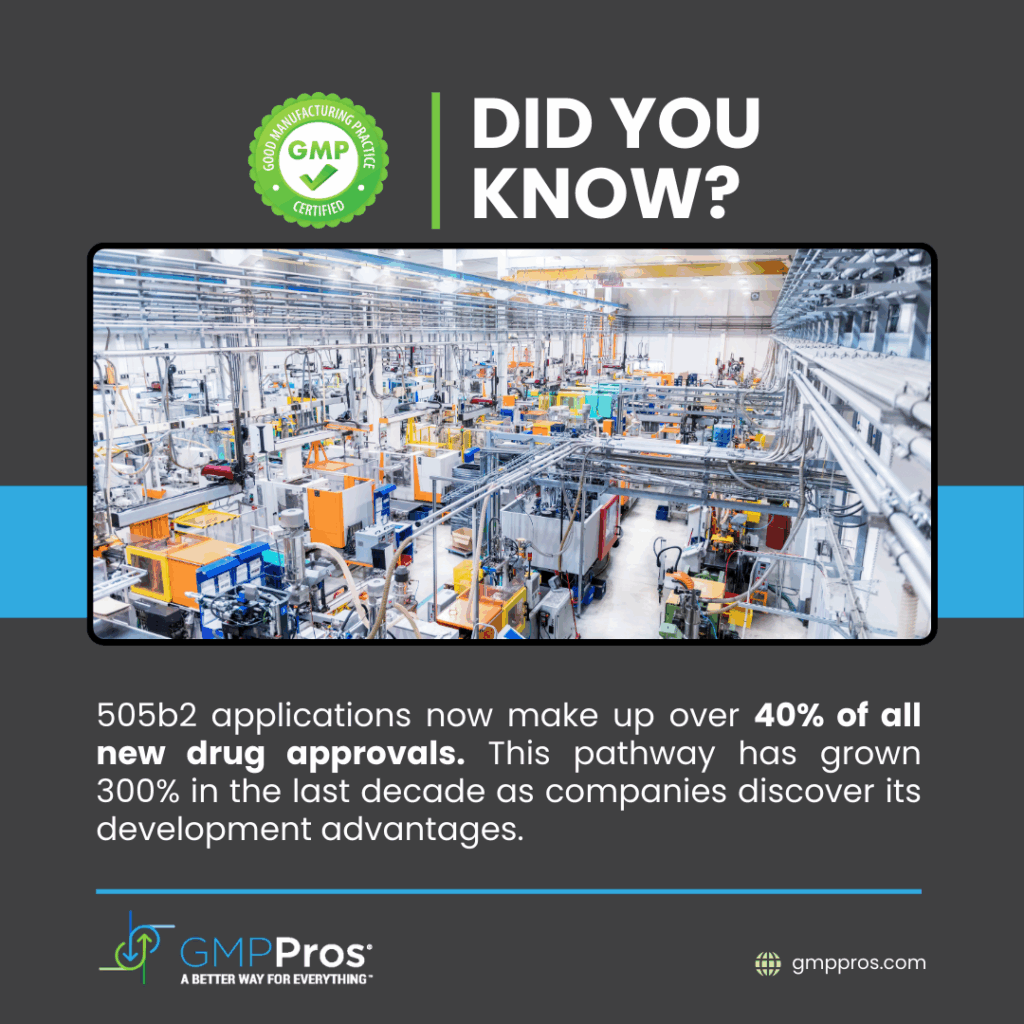
Manufacturing Considerations for 505b2 Products
Manufacturing 505b2 drugs requires careful attention to Good Manufacturing Practices and quality systems. Your production processes must meet the same standards as traditional NDAs. They also need to accommodate the unique aspects of your product development.
The FDA expects detailed manufacturing information in your 505b2 application. This includes detailed descriptions of your manufacturing process, quality control procedures, and facility capabilities.
You must show that your manufacturing approach produces consistent, high-quality products.
Manufacturing Aspect | 505b2 Requirements | Key Considerations |
Process Development | Full documentation required | Scalability and consistency |
Quality Control | Complete testing protocols | Reference product comparison |
Facility Compliance | Current GMP standards | Inspection readiness |
Supply Chain | Vendor qualification | Raw material consistency |
Process development documentation must show how you developed your manufacturing approach. The FDA reviews this information to understand your product’s reproducibility and quality. You need detailed batch records and process validation data.
Quality control systems for 505b2 products often require comparison testing with reference products. You must show that your product maintains consistent quality relative to the reference. This may involve side-by-side testing during development and commercial production.
Companies often benefit from implementing electronic batch record systems for 505b2 products.
These systems help you to track the complex data requirements and facilitate regulatory submissions. Digital records also support better data quality monitoring throughout the manufacturing process.
Clinical Development Strategies
Clinical development for 505b2 drugs requires a strategic approach. This balances regulatory requirements with development efficiency.
You must design studies that address the differences between your product and the reference, and also avoid unnecessary repetition of existing data.
The scope of clinical studies depends on how much your product differs from the reference. Minor changes like different tablet colors might require no clinical studies. Major changes like new dosage forms typically require bioequivalence or pharmacokinetic studies.
Change Type | Typical Studies Required | Study Duration |
Minor formulation changes | None or limited PK | 3-6 months |
New dosage strengths | Bioequivalence studies | 6-12 months |
Different dosage forms | PK/PD studies | 12-18 months |
New combinations | Safety and efficacy studies | 18-36 months |
Bioequivalence studies represent the most common clinical requirement for 505b2 applications. These studies compare how your product gets absorbed compared to the reference product. You must show that the two products perform similarly.
Safety studies may be required when your product changes could affect how patients respond to treatment. New combinations particularly require careful safety evaluation. You must show that combining drugs doesn’t create unexpected interactions or side effects.
The FDA provides guidance on clinical study designs for different types of 505b2 drugs. Following these guidelines helps you to avoid regulatory delays and make sure your studies generate acceptable data.
Companies often work with specialists in pharma compliance to develop appropriate clinical strategies. The right approach can significantly reduce development timelines and costs.
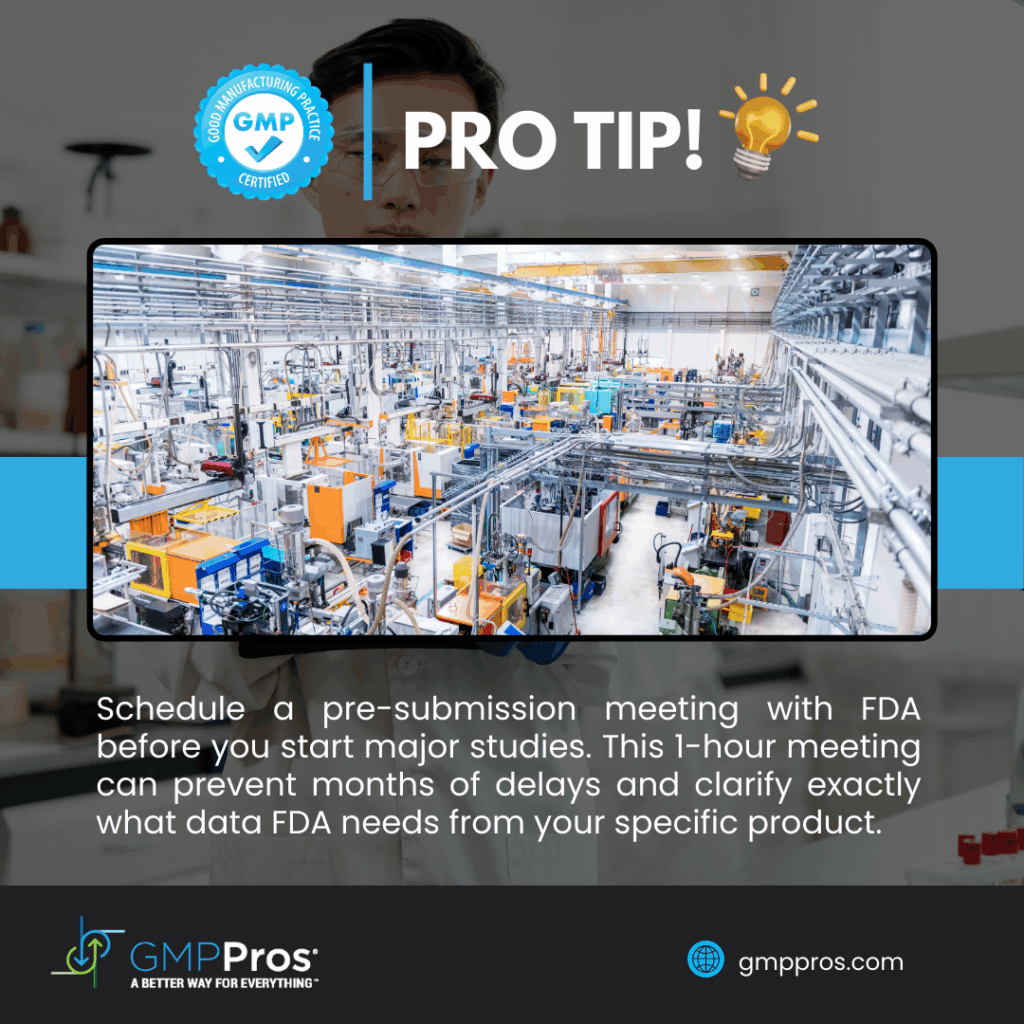
Common Challenges and Solutions
Developing 505b2 drugs presents unique challenges that require careful planning and execution. From my experience with pharmaceutical clients, certain issues appear consistently across different types of 505b2 applications.
Reference product selection often creates the first major challenge. You must choose a reference that’s scientifically appropriate and legally accessible.
Sometimes the ideal scientific reference has patent or exclusivity issues. These complicate your development timeline.
Challenge | Impact | Solution Approach |
Reference product patents | Development delays | Early IP assessment |
Bridging study design | Regulatory questions | FDA pre-submission meetings |
Manufacturing complexity | Quality issues | Robust process development |
Regulatory communication | Approval delays | Proactive FDA engagement |
Bridging study design requires careful consideration of what data you need to generate versus what you can reference. There are many companies that often struggle with determining the minimal studies needed for approval.
Manufacturing challenges frequently arise when companies try to replicate or modify existing products. Your manufacturing process must be strong enough to produce consistent products.
It also needs to meet all regulatory requirements. This often requires significant manufacturing process improvement efforts.
Many companies find that early engagement with pharma regulatory compliance experts helps navigate these challenges more effectively. Professional guidance can prevent costly delays and regulatory issues.
Timeline and Cost Considerations
505b2 drug development timelines vary significantly based on product complexity and regulatory requirements. You can expect faster development than traditional NDAs. But expect longer timelines than generic products.
Cost considerations include both development expenses and potential market advantages. 505b2 products often face less competition than generics. But they require more investment than simple generic development.
Development Phase | Typical Timeline | Cost Factors |
Pre-clinical development | 6-18 months | Formulation and testing |
Clinical studies | 12-36 months | Study design and execution |
Regulatory review | 10-12 months | FDA standard review |
Launch preparation | 6-12 months | Manufacturing scale-up |
Pre-clinical development includes formulation work, analytical method development, and stability testing. This phase establishes the foundation for your regulatory submission and manufacturing process.
Clinical development timelines depend heavily on study requirements. Simple bioequivalence studies might take 12-18 months, and complex safety studies for new combinations can take 3-4 years.
The FDA’s standard review timeline for 505b2 applications is 10-12 months. However, applications with deficiencies or complex issues may take longer. Priority review can reduce this timeline to 6-8 months for products with significant clinical advantages.
Companies often find that capital project engineering support helps manage the manufacturing aspects of 505b2 development more efficiently. Professional project management can significantly reduce development timelines and costs.
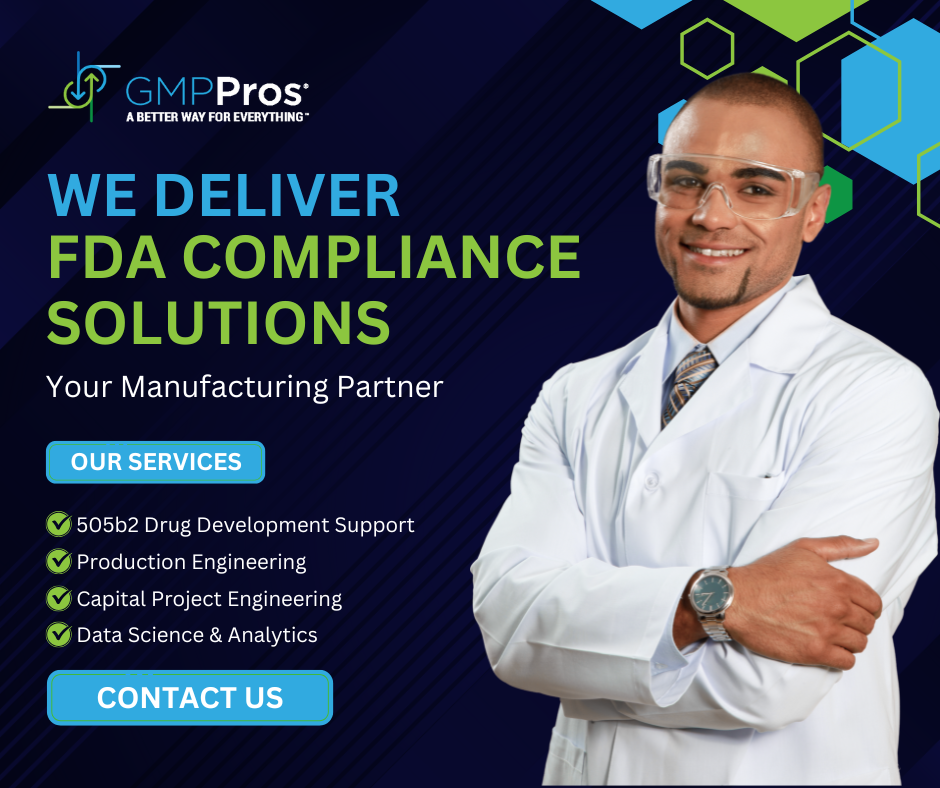
Future Landscape for 505b2 Development
The 505b2 pathway will likely become even more important as drug companies look for faster and cheaper ways to develop new products. The FDA continues to support this option with updated guidance and flexible rules.
Better manufacturing and testing methods are also creating more chances to use the 505(b)(2) pathway. Improved testing makes it easier to compare products, while advanced manufacturing allows for more changes to existing drugs.
Companies often benefit from implementing manufacturing efficiency improvements early in 505b2 development. These improvements can significantly impact both development success and commercial viability.
If you’re considering 505b2 development for your pharmaceutical products, professional guidance can help you navigate the complex regulatory requirements.
Our team at GMP Pros specializes in helping pharmaceutical manufacturers develop efficient strategies for FDA-regulated products. We provide production engineering services that support successful 505b2 development from early planning through commercial launch. Contact us to discuss how we can help you optimize your development approach and achieve faster time to market for your products.
Also read:
